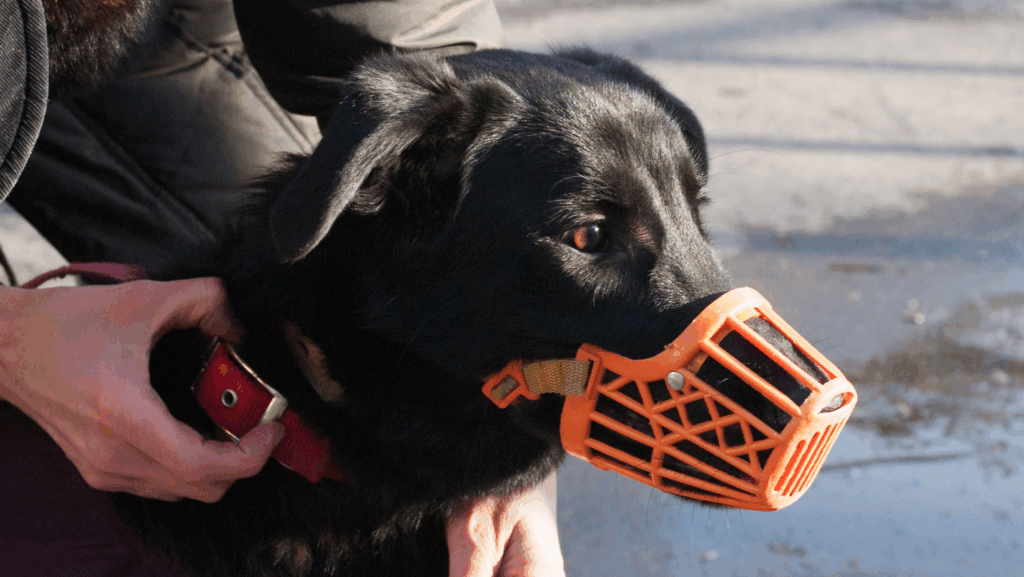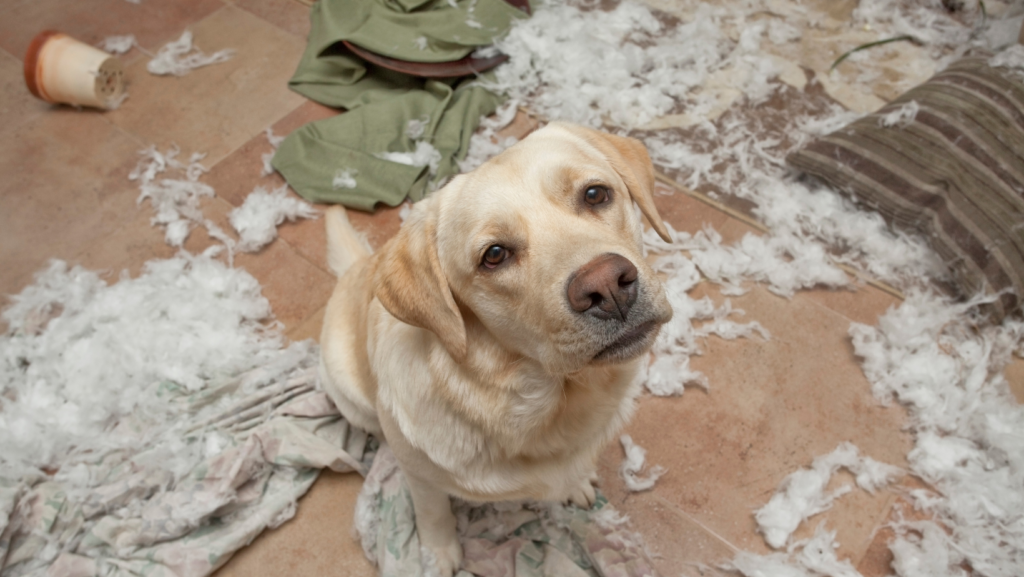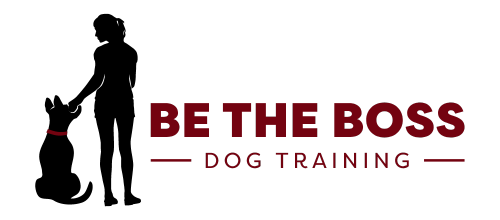Okay, okay. The title of this article sounds really harsh. My goal for the title was to wake people up a little.
Did you know that for a lot of my clients I am NOT their first trainer?
That almost all of them have already been through a training class, or spent weeks watching YouTube videos trying to stop a bad behavior? And I can tell you exactly why they are failing.
Teaching a dog to sit, down, stay, and come are just TRICKS. That’s right. Holding a treat in your hand and asking a dog to do an action is a trick. You might as well be standing in a 3-ring circus entertaining paying customers.
Don’t get me wrong. I’m a huge fan of teaching a dog to sit, down, come, and stay. In fact, these are essential for them surviving in your human world.
But guess what? I don’t really care if my dog sits down when someone knocks on the door. I just don’t want them to bark and run to the door. My clients don’t care if their dog sits when they see another dog on a walk, they just don’t want their dog to pull on the leash.
It’s time we stop teaching tricks and start teaching MANNERS. Stop your dog from running out an open door, stop them from barking, stop them from pulling on the leash, stop them from jumping, stop them from chasing the kids or getting into the trash…and I can promise you that you won’t give a darn if your dog doesn’t sit when the doorbell rings.
So how do you teach a dog manners? That, my friends, is based on your relationship with your dog. What does that mean, you ask?
Let me explain.
What does your dog do when you give a command your dog doesn’t want to obey? What happens when you tell your dog to stop jumping and they don’t want to? THAT is your relationship with your dog. Your dog needs to value your opinion over their own.
I hear people tell me all the time that their dog is super well-behaved in the house and the only issue they have is outside the home, like barking at other dogs. And my response is “Well, OF COURSE they are well-behaved in the house”. If I was a teenager and had unlimited freedom, keys to the car, my own credit card and no rules…believe me, I would tell my parents how much I loved them ALL the time. Of course I would.
But if my parents set up a curfew, made me finish my homework, and do chores before I went out for the evening…how would I react? I would probably throw a fit. If you set up rules and expectations for your dog that they HAVE to obey, how do they react? How do they react when you correct them? THAT is your relationship with your dog.
Most people are not aware of the nature of their relationship with their dog. They are not aware that their dog just sees them as a treat dispenser. And so they struggle.
Stop teaching your dog tricks. Start correcting them for naughty behavior, start crating them, and start living a lifestyle conducive to creating a happy, healthy, calm dog.
Thanks for reading, and if you would like some free tips please contact us here!
More Tips
Check out our other posts

4 Secrets to Helping Your Reactive Dog Stay Calm Around Triggers
Reactivity isn’t always loud and dramatic—sometimes the biggest breakthroughs happen when nothing happens at all. Calm glances, quiet moments, and subtle check-ins are what retrain your dog’s brain. You don’t need perfection, just consistency and timing. Want to know the 4 secrets that make reactivity training actually work?
👉 Click here to read the full blog!

How do I get my dog to stop pulling on the leash during walks?
Most people think walks are just for exercise—but they’re actually one of the most revealing tools for understanding your dog’s emotional state. From pulling and scanning to total disconnection, your dog’s leash behavior is a mirror of your relationship. In our latest blog series, we dive into how leash pressure communicates safety, why structure calms the nervous system, and how to turn daily walks into powerful rituals of trust—without treats or harsh corrections. If your walks feel more chaotic than connected, this is the reset you and your dog need. 👉 Click here to read the full post and learn how to transform your walks from a struggle into a daily opportunity for emotional healing.

Are Muzzles Cruel?
Most people think muzzles are only for dangerous dogs—but what if that’s completely wrong? What if the tool you’ve been avoiding is actually the one thing that could bring your dog more peace, not less? In this blog, we break down the psychology behind muzzle stigma, how to introduce one the right way, and why it can actually build your dog’s confidence. If you’ve ever felt judged, unsure, or overwhelmed about using a muzzle, this will change how you see everything. Click to read the full post—you’ll never look at this tool the same way again.

How Do I Stop My Dog from Chewing, Digging, or Barking?
Is your dog’s bad behavior actually a cry for help? In this blog, we dig into why chewing, barking, and digging aren’t random acts—they’re signals of a nervous system out of balance. You’ll learn why toys aren’t enough, how affection without leadership creates chaos, and when corrections actually start to heal instead of hurt. If you’ve tried everything and your dog still feels out of control, this might be the missing piece. Read the full post to finally understand what your dog’s behavior is trying to tell you.

